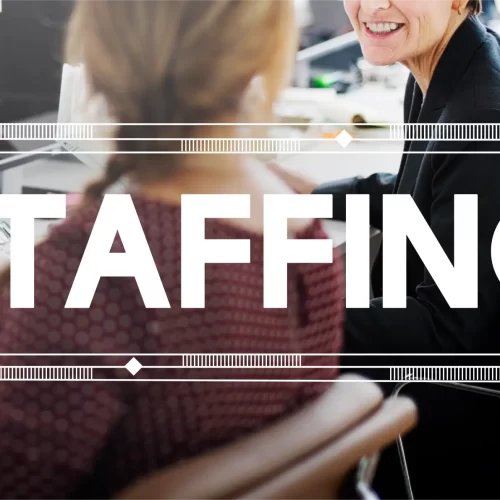Understanding the Pros and Cons of Staff Leasing

Staff leasing has become an increasingly popular solution for businesses seeking flexibility in their workforce. But what does it entail, and how can it impact your organization? In simple terms, staff leasing involves partnering with a third-party provider to supply and manage employees for specific roles or projects. While this model offers numerous advantages, it also has potential drawbacks. In this article, we’ll explore the pros and cons of staff leasing to help you decide if it’s the right fit for your business. What is Staff Leasing? Before diving into the pros and cons of staff leasing, it’s essential to understand how it works. Staff leasing, also known as employee leasing, involves outsourcing the recruitment, payroll, and HR management of certain employees to a professional employer organization (PEO). This arrangement allows businesses to focus on core operations while the PEO handles administrative and legal responsibilities associated with employment. The Pros of Staff Leasing Cost Savings One of the most significant advantages of staff leasing is cost efficiency. By outsourcing HR tasks, companies can reduce expenses related to recruitment, employee benefits, and payroll processing. Additionally, staff leasing providers often negotiate competitive rates for healthcare and other benefits, offering further savings for businesses. Access to Skilled Talent Staff leasing gives businesses access to a wide pool of pre-vetted, skilled professionals. This is particularly beneficial for companies looking to fill specialized roles quickly without going through a lengthy hiring process. Whether you need IT experts, customer service representatives, or administrative staff, leasing allows you to find the right talent with minimal hassle. Flexibility and Scalability Businesses often experience fluctuations in staffing needs due to seasonal demands, project-based work, or rapid growth. Staff leasing provides the flexibility to scale your workforce up or down as needed, ensuring you have the right team in place without long-term commitments. Reduced Administrative Burden Managing payroll, taxes, benefits, and compliance can be time-consuming and complex. Staff leasing providers handle these responsibilities, freeing up your internal resources to focus on strategic priorities. This reduced administrative burden can lead to increased efficiency and productivity. Enhanced Compliance and Risk Management Employment laws and regulations are constantly changing, and non-compliance can result in costly fines or legal issues. Staff leasing companies stay updated on labor laws, ensuring your business remains compliant with local and international regulations. This minimizes risks and provides peace of mind. The Cons of Staff Leasing Limited Control Over Employees One of the key cons of staff leasing is that businesses may have limited control over leased employees. While the PEO handles HR management, this arrangement can create challenges in aligning the leased staff with your company’s culture, values, and long-term goals. Potential for Higher Turnover Leased employees may feel less connected to your organization, which can result in higher turnover rates. Without strong integration and engagement strategies, businesses risk losing valuable talent and disrupting workflows. Hidden Costs Although staff leasing can save money upfront, there may be hidden costs involved, such as fees for additional services or unexpected administrative charges. It’s crucial to review your contract carefully to understand all associated costs and avoid surprises. Dependence on Third-Party Providers Relying heavily on a staff leasing provider can create dependency, especially if your business lacks internal HR expertise. Any disruptions or issues with the provider could impact your workforce and overall operations. Communication Challenges Managing leased employees through a third party can lead to communication gaps, especially when addressing performance issues or specific project requirements. Clear and consistent communication with both the PEO and the leased staff is essential to avoid misunderstandings. Is Staff Leasing Right for Your Business? Deciding whether to adopt staff leasing depends on your organization’s unique needs and goals. To determine if this model is the right fit, consider the following questions: If the answer to these questions aligns with the benefits of staff leasing, it may be a viable solution for your business. However, it’s crucial to weigh the pros and cons of staff leasing carefully and choose a reputable provider to ensure success. Weighing the Pros and Cons of Staff Leasing Staff leasing offers a range of benefits, including cost savings, flexibility, and access to skilled talent. However, it also comes with potential drawbacks, such as limited control and communication challenges. By understanding the pros and cons of staff leasing, businesses can make informed decisions that align with their goals and operational needs. If you’re considering staff leasing, take the time to evaluate your options and partner with a trusted provider. With the right approach, staff leasing can be a valuable strategy for driving growth and efficiency in today’s competitive business environment.








